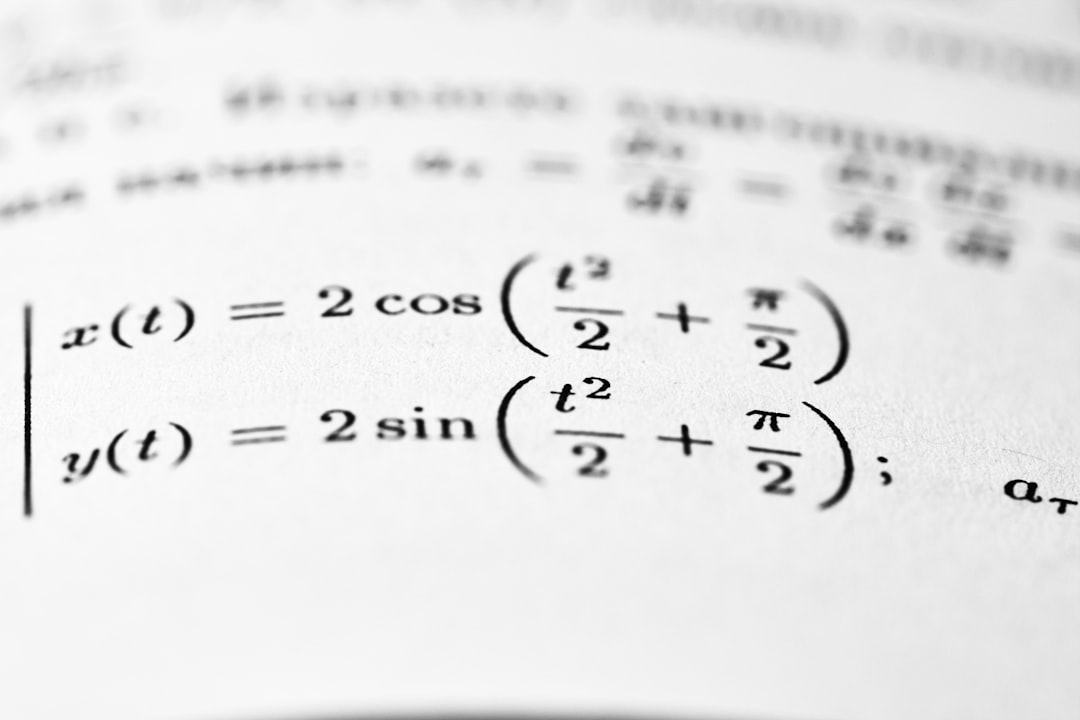How to Calculate Z-Score: Step-by-Step Formula Guide
Ever wondered how far a number is from the average in a data set? That’s where the z-score comes in! It tells you how many standard deviations a value is away from the mean. Sounds tricky? Don’t worry — we’re going to make it super simple and even a little bit fun.
What Is a Z-Score?
A z-score is a number that shows how far a data point is from the average. It tells us if a value is typical or unusual in a set of numbers.
If the z-score is:
- 0 – The value is exactly average.
- Positive – The value is above average.
- Negative – The value is below average.
It’s like the GPS of statistics — it shows your location on the data map!
Why Z-Scores Matter
Z-scores help in comparing different data sets. Let’s say you took two exams with different averages and scores. Z-score helps you see which one you really did better on. Cool, right?

The Z-Score Formula
You don’t need to be a math whiz to use the formula. It’s pretty straightforward:
Z = (X − μ) / σ
Let’s break that down:
- X = the raw score (your number)
- μ (mu) = the mean (average of all numbers)
- σ (sigma) = the standard deviation (how spread out the numbers are)
The formula subtracts the mean from your value, then divides that by the standard deviation. Boom — that’s your z-score!
Step-by-Step: How to Calculate a Z-Score
Step 1: Find the Mean (μ)
Add all your values together. Then divide by how many there are. That’s your average.
Example: If your data set is 5, 7, 9, 10, 14:
Mean = (5 + 7 + 9 + 10 + 14) / 5 = 45 / 5 = 9
Step 2: Find the Standard Deviation (σ)
This takes a few steps. But breathe… you’ve got this:
- Subtract the mean from each number.
- Square each result.
- Add them all up.
- Divide by the number of values.
- Take the square root!
Using our numbers: 5, 7, 9, 10, 14
- (5−9)² = 16
- (7−9)² = 4
- (9−9)² = 0
- (10−9)² = 1
- (14−9)² = 25
Now add them: 16 + 4 + 0 + 1 + 25 = 46
Divide by 5: 46 / 5 = 9.2
Square root of 9.2 ≈ 3.03 (That’s your standard deviation!)
Step 3: Plug Into the Formula
Let’s say the value (X) we want to check is 10.
Z = (10 − 9) / 3.03 ≈ 1 / 3.03 ≈ 0.33
That means the value 10 is about 0.33 standard deviations above the mean. It’s pretty close to average!
Quick Recap
Here’s how you can always remember the steps:
- Find the Mean
- Find the Standard Deviation
- Use the Z-Score Formula
If your z-score is way above 0 (like 2 or 3), you’re way above average. If it’s below 0 (like -2 or -3), then you’re way below.

When Do We Use Z-Scores?
Lots of different times!
- In schools: To compare test scores.
- In sports: To see who performed better under different conditions.
- In science: To find out if results are statistically unusual.
- In finance: To spot outlier stock prices.
Basically, anytime you’re asking, “Is this normal?” — the z-score is your go-to tool.
Fun Fact: Z-Scores and the Bell Curve
Most data in the world forms a bell curve — also called a normal distribution.
The curve has these cool features:
- 68% of values are within 1 standard deviation (z = -1 to 1)
- 95% are within 2 standard deviations (z = -2 to 2)
- 99.7% are within 3 standard deviations (z = -3 to 3)
If your z-score is way out there — say, +3 or -3 — then you’re a statistical unicorn. 🦄
Helpful Tips
- Always organize your data first.
- Double-check your standard deviation math.
- Use a calculator. It speeds things up!
- Practice with small data sets. They’re easier to learn from.
Try It Yourself!
Here’s a fun challenge:
Your test scores: 85, 90, 78, 92, 88
What’s the mean? Standard deviation? What is the z-score for 92?
Try calculating it step by step using the guide above. You’ll feel like a stat genius when you nail it!
Z-Score FAQ
Q: Can z-scores be used with any data?
A: Only with interval or ratio data (numbers where you can find a mean and standard deviation).
Q: Can the z-score be more than 3 or less than -3?
A: Yes! It means the value is far from average — rare, but possible.
Q: What if the standard deviation is 0?
A: You can’t divide by zero! It means all your values are the same — no variation.
Final Thoughts
Z-scores are like super-powered magnifying glasses. They let you zoom in on how unusual or typical a number is in a data set.
With just a bit of math — and a dash of curiosity — you’re now equipped to calculate it any time you need!
So the next time someone throws around the term “z-score,” you’ll smile and say, “Got it.” 😎

Comments are closed.